Ferns have graced gardens for centuries with their lacy, delicate fronds and lush, elegant greenery. Known for thriving in shady, moist, and sheltered environments, ferns are versatile plants that can instantly soften garden corners, brighten indoor spaces, and add a touch of tranquility to any landscape.
But if you’ve ever wondered, where exactly is the best spot to plant a shade-loving fern? — you’re not alone. The placement of ferns is crucial to their health, growth, and overall beauty. In this comprehensive guide, we’ll explore the ideal locations for shade-loving ferns, what environmental conditions they prefer, and how to successfully integrate them into both garden landscapes and home interiors.
Why Choose Shade-Loving Ferns?
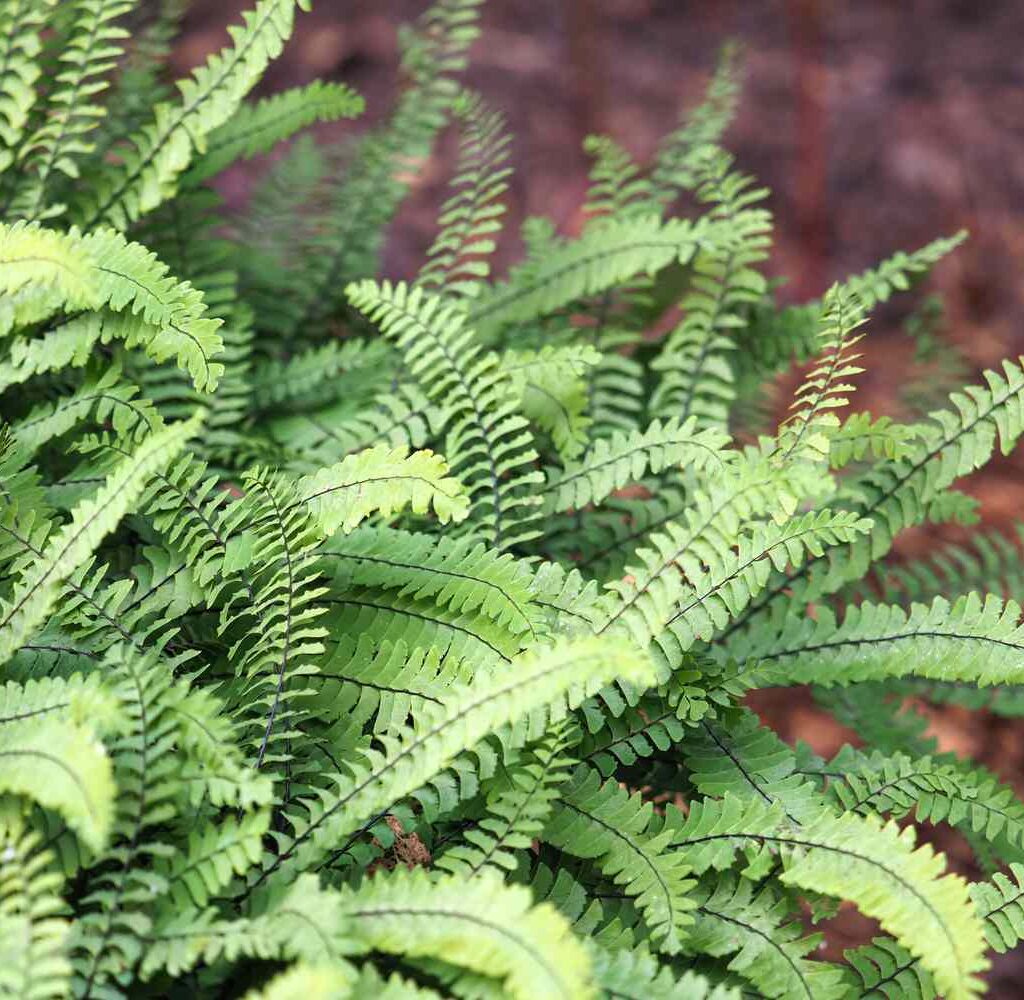
Shade-loving ferns are prized for several reasons:
- Versatile, low-maintenance foliage plants.
- Ideal for spots where other plants struggle, such as beneath trees or in dark corners.
- Thrive in low-light and indirect sunlight environments.
- Add lush, green texture and a natural woodland feel to gardens and homes.
- Many varieties tolerate damp, humid conditions — perfect for shady, moist areas.
From classic Boston ferns to hardy outdoor varieties like the Lady Fern, these plants effortlessly enhance shaded garden beds, patios, and indoor nooks.
What Conditions Do Shade-Loving Ferns Prefer?
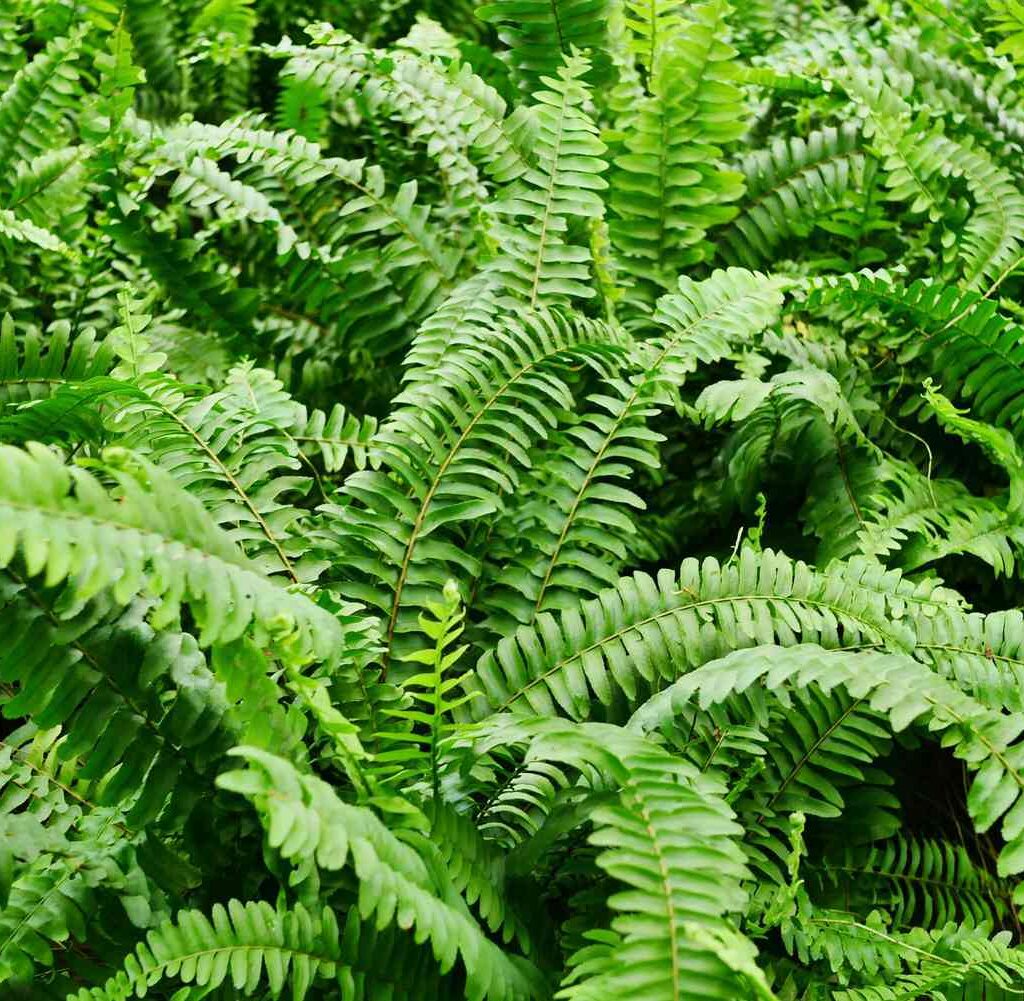
Before identifying the perfect spot, it’s essential to understand what environmental factors shade-loving ferns require:
- Indirect, filtered light or partial to full shade.
- Consistently moist, well-draining soil.
- Sheltered spots protected from harsh wind and direct afternoon sun.
- Humid conditions, especially for tropical and indoor fern varieties.
- Acidic to neutral soil pH (5.0–7.0).
By meeting these conditions, ferns will thrive, producing vibrant fronds and healthy growth throughout the season.
Best Outdoor Spots for Shade-Loving Ferns
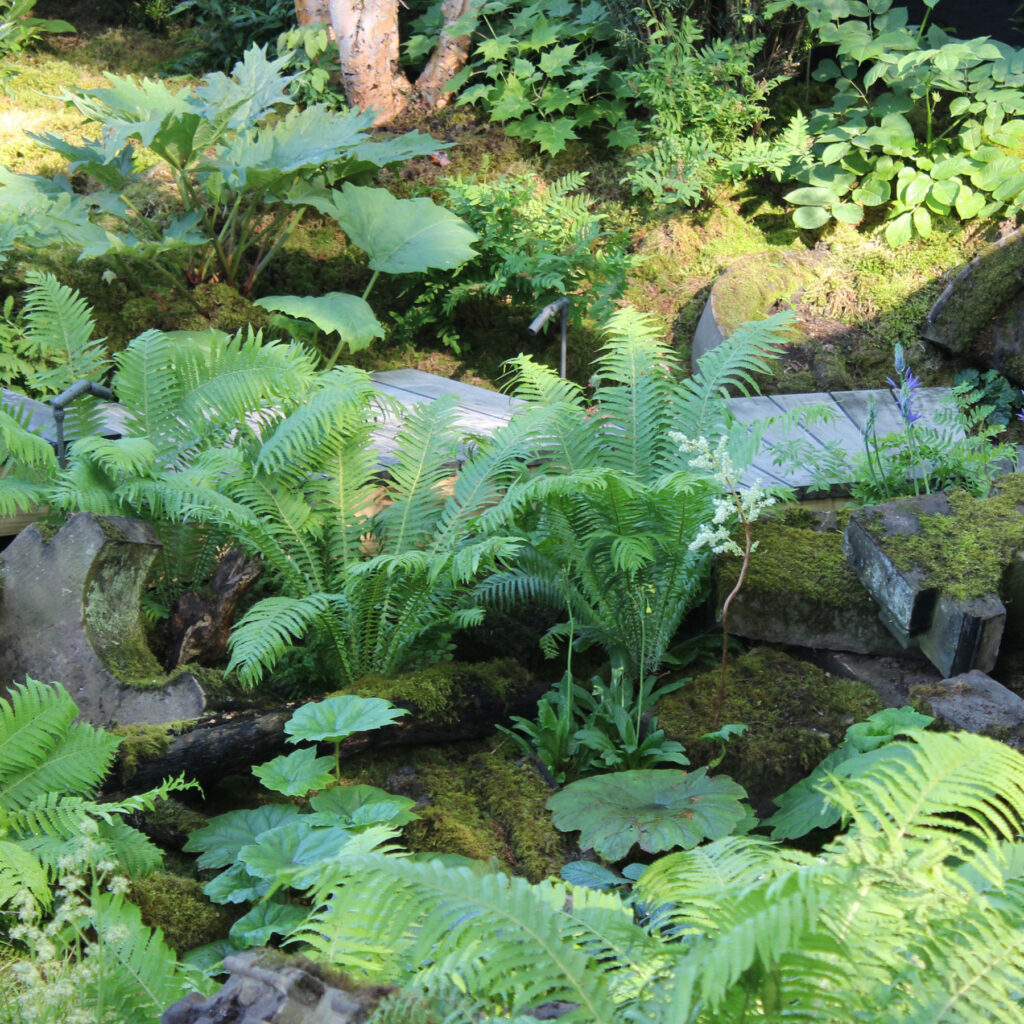
Beneath Deciduous Trees
One of the most classic and natural locations for shade-loving ferns is beneath mature deciduous trees. The canopy of leaves provides the perfect filtered light, while fallen leaf mulch improves soil moisture and fertility.
Why it’s Ideal:
- Ferns mimic their native forest floor habitat.
- Leaf litter creates a natural mulch, retaining moisture.
- Offers protection from direct sunlight and strong winds.
Pro Tip:
Plant a mix of ferns and shade-loving perennials like hostas, astilbes, and heucheras for a layered woodland effect.
Shaded Garden Borders and Edges
North or east-facing borders are naturally shaded for most of the day, making them ideal for ferns. They can line pathways, soften fence lines, or fill underused shady corners of the garden.
Benefits:
- Create a soft, textured backdrop for seasonal flowers.
- Enhance the tranquil, shaded areas of your landscape.
- Help control soil erosion on shaded slopes.
Pro Tip:
Mix fern varieties of different heights and textures for visual interest.
Around Water Features and Ponds
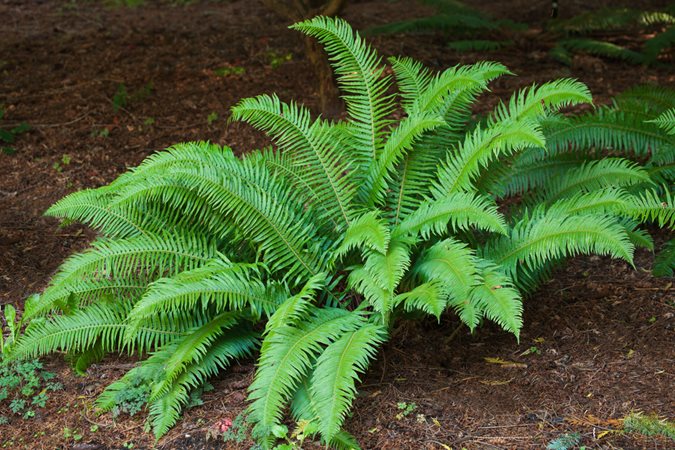
Ferns love the humidity and moisture created by garden ponds, waterfalls, or shaded streams. Their delicate fronds reflect beautifully in the water and complement aquatic plants.
Why it Works:
- High humidity promotes lush, healthy growth.
- The reflective water surface diffuses light, preventing harsh sun exposure.
- Adds a serene, naturalistic element to water gardens.
Pro Tip:
Choose moisture-loving varieties like the Marsh Fern (Thelypteris palustris) for pond edges.
Shaded Patios and Courtyards
Potted ferns add elegance to shady patios, verandas, and courtyards. They soften hardscape areas and thrive in sheltered outdoor spots with indirect light.
Benefits:
- Easy to move and reposition for optimal conditions.
- Add lush, vertical greenery to shaded seating areas.
- Perfect for hanging baskets and containers.
Pro Tip:
Use Boston Ferns (Nephrolepis exaltata) in hanging baskets for cascading fronds.
Under Decks and Stairways
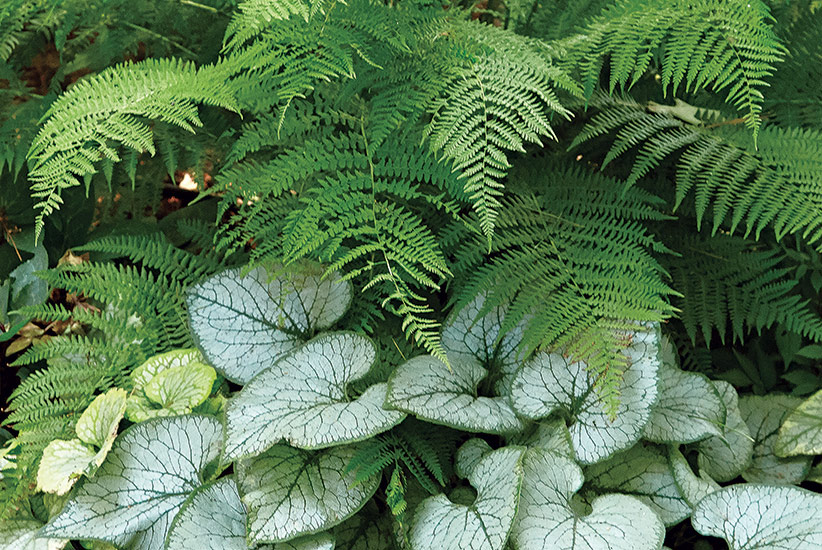
Often neglected, the spaces under raised decks, porches, and stairways are naturally cool, moist, and shaded — ideal conditions for ferns.
Why it Works:
- Maximizes use of underutilized garden spaces.
- Protects ferns from strong winds and midday sun.
- Creates a peaceful, green oasis.
Best Indoor Spots for Shade-Loving Ferns
Shade-loving ferns also make stunning houseplants, particularly in homes with soft, indirect light.
Bright, Indirectly Lit Rooms
While ferns dislike harsh direct sun, they appreciate bright, filtered light from a north or east-facing window.
Ideal Rooms:
- Bathrooms (high humidity + soft light)
- Living rooms near shaded windows
- Bedrooms with indirect morning light
Pro Tip:
Place your fern several feet from a window with sheer curtains for optimal light exposure.
Humid Bathrooms and Kitchens
Thanks to frequent water use and naturally higher humidity, bathrooms and kitchens provide excellent environments for tropical ferns like the Maidenhair or Bird’s Nest Fern.
Why it Works:
- High humidity mimics native tropical conditions.
- Keeps fronds lush and prevents browning.
Pro Tip:
Display potted ferns on countertops, window sills, or hanging planters for a spa-like feel.
Indoor Terrariums
Miniature or delicate ferns thrive in closed or open terrariums where humidity stays high and light is gentle.
Ideal Fern Types:
- Maidenhair Fern (Adiantum)
- Button Fern (Pellaea rotundifolia)
- Lemon Button Fern (Nephrolepis cordifolia)
Pro Tip:
Avoid placing terrariums in direct sunlight, as glass magnifies heat and light.
Choosing the Right Fern for Each Spot
Not all shade-loving ferns are created equal. Selecting the right fern variety for your chosen spot ensures better success.
Outdoor Varieties:
- Lady Fern (Athyrium filix-femina) — woodland borders, under trees.
- Ostrich Fern (Matteuccia struthiopteris) — shady pond edges.
- Christmas Fern (Polystichum acrostichoides) — under decks, pathways.
Indoor Varieties:
- Boston Fern (Nephrolepis exaltata) — hanging baskets on shady patios.
- Maidenhair Fern (Adiantum) — bathrooms, terrariums.
- Bird’s Nest Fern (Asplenium nidus) — bright, humid rooms.
Common Mistakes to Avoid
To keep your shade-loving ferns thriving, avoid these common placement errors:
- Too much direct sun: Leads to scorched, yellowing fronds.
- Dry, windy spots: Causes fronds to brown and crisp.
- Poor drainage: Waterlogged soil invites root rot.
- Low humidity indoors: Results in brittle, dry foliage.
Conclusion
Ferns bring timeless beauty, soothing greenery, and a touch of woodland charm to both indoor and outdoor spaces. Their preference for indirect light, moist soil, and humid conditions makes them perfect for areas where other plants often struggle — beneath trees, along shaded borders, around water features, in humid bathrooms, and cozy indoor corners.
By understanding the environmental needs of shade-loving ferns and choosing appropriate spots based on light, moisture, and shelter, you can create lush, thriving fern displays that enhance your garden and living spaces alike.
Whether draping gracefully from a patio basket, carpeting a woodland border, or brightening a misty bathroom, shade-loving ferns are versatile, elegant plants worthy of a prominent place in every garden and home.

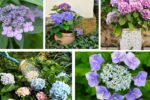


Leave A Comment